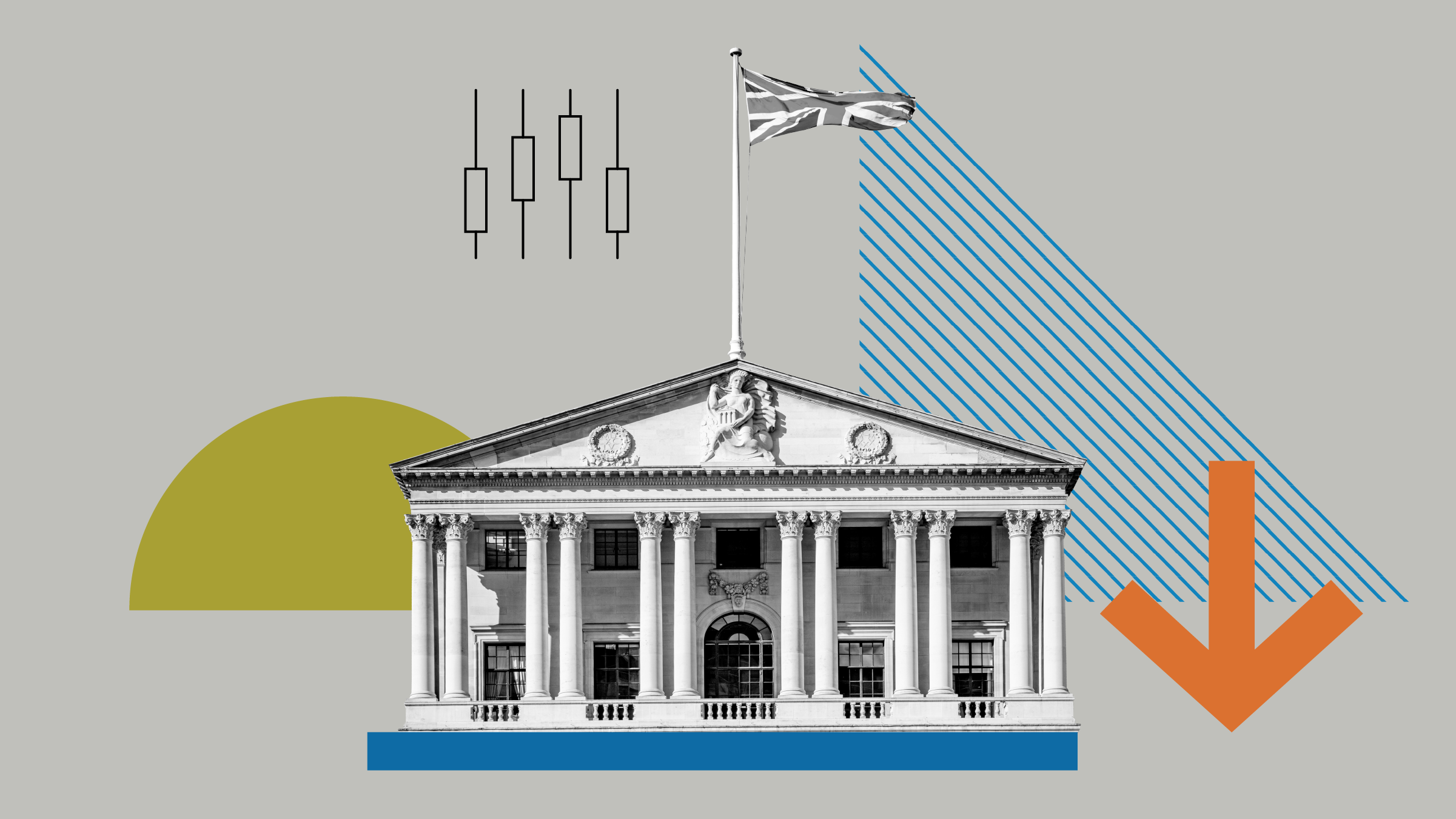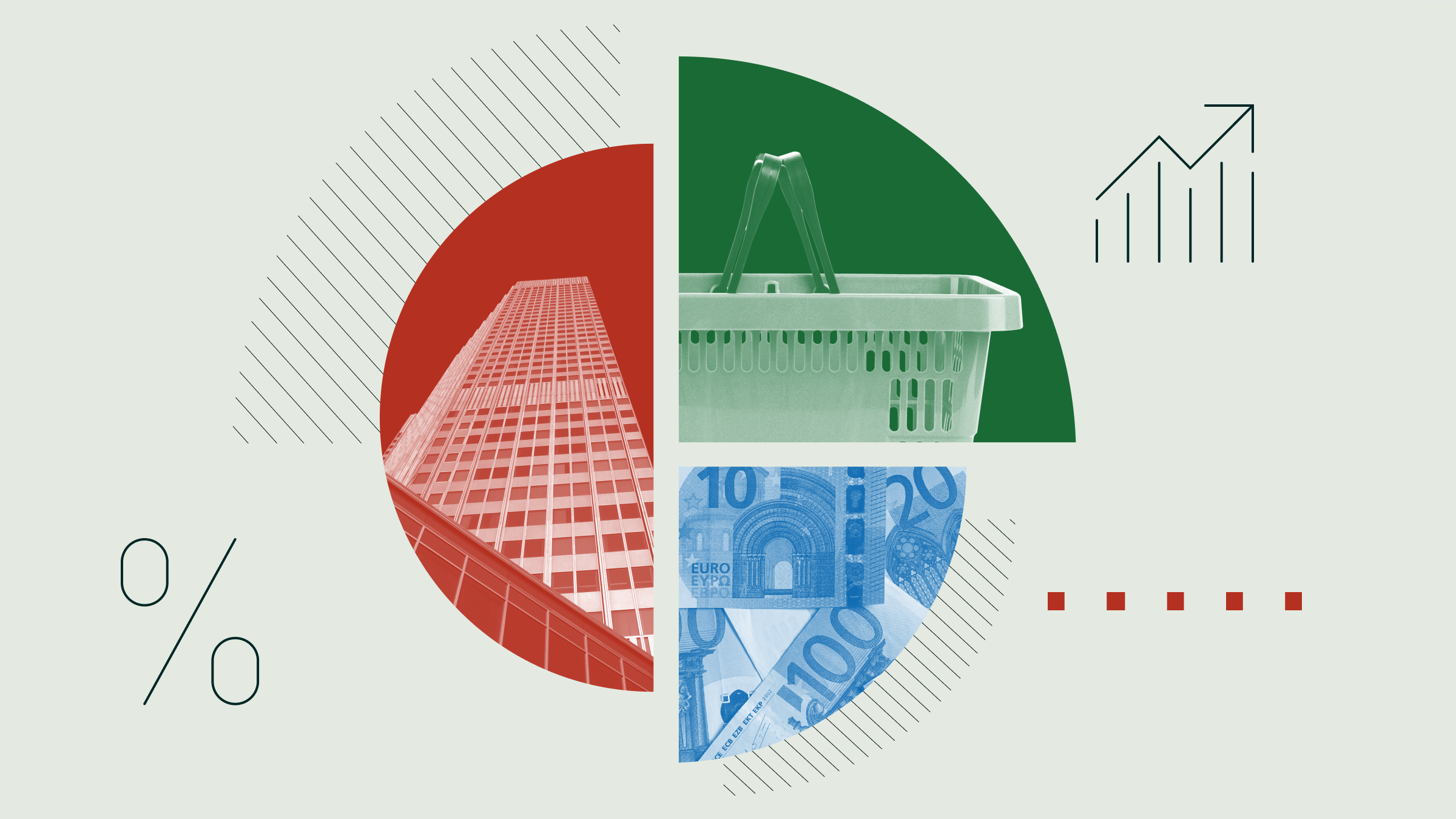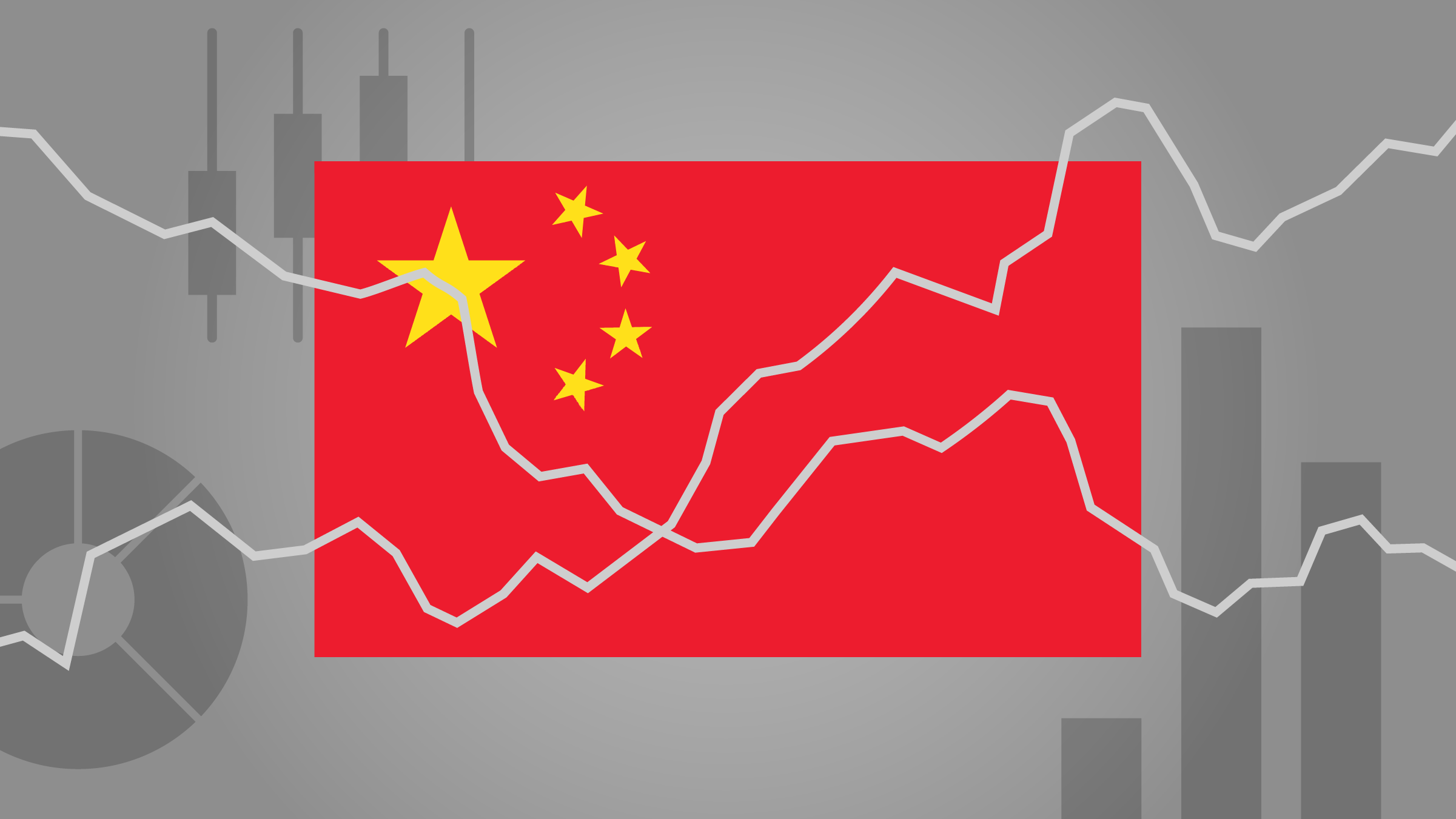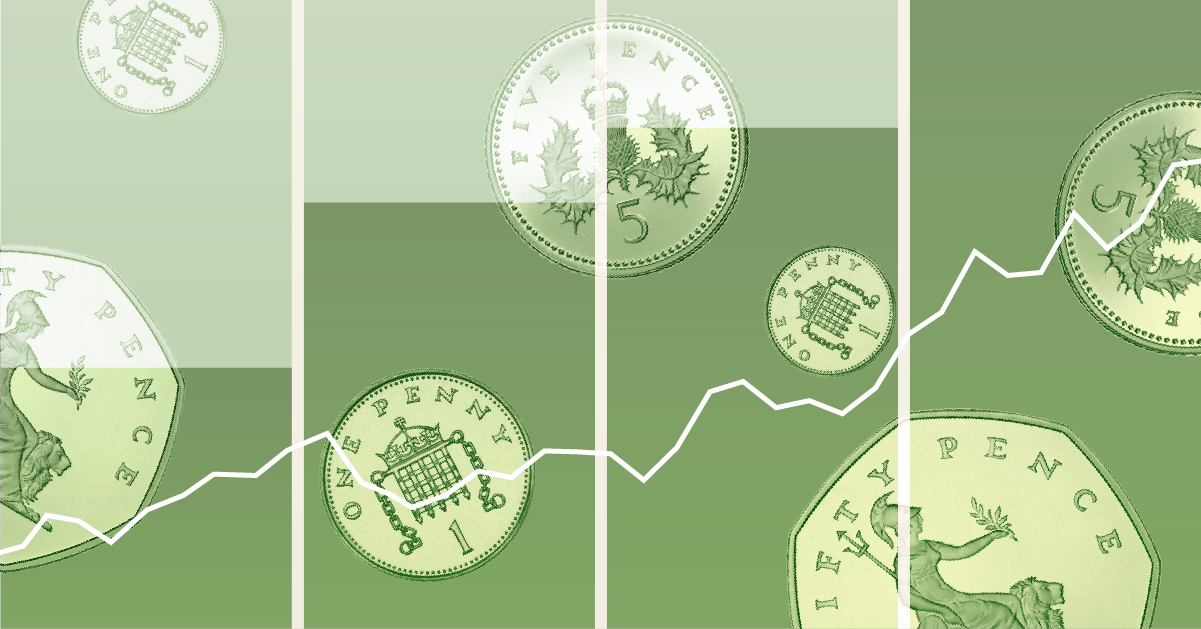
Falling clothing and footwear costs helped to hold back UK inflation in February, fresh data from the Office for National Statistics showed today.
The rate of UK inflation, as measured by the Consumer Prices Index, rose by 2.8% in the 12 months to February 2025, the ONS said, a slight decrease on the 3.0% recorded in the 12 months to January.
Headline CPI was marginally lower than market expectations, which had anticipated growth of 2.9%, but is still above the Bank of England’s inflation target of 2%.
Core CPI, a measure of inflation excluding more price-volatile consumables like energy, food, alcohol, and tobacco, rose by 3.5% in the same period, the ONS said—a 0.2 percentage points decrease on the 3.7% recorded for the year to January.
“The largest downward contributions came from clothing and footwear, housing and household services, and recreation and culture,” the ONS said.
“Overall prices for clothing and footwear fell by 0.6% in the 12 months to February 2025, compared with a rise of 1.8% in the 12 months to January. The February figure was the first negative annual rate since October 2021.”
The news comes amid “no-growth” figures for the UK in January, which were published by the ONS last week. They showed UK gross domestic product shrank by 0.1% in January, despite expectations of a 0.1% rise.
Later today, the chancellor Rachel Reeves is expected to unveil an update on the UK’s economy and fiscal position in the Spring Statement. She has already announced swingeing cuts to government departmental budgets in a bid to reduce expenditure and shore up market confidence.
“The chancellor will be relieved to see inflation come in a little lower than expected for February, although others may see it as reflecting weaker economic growth,” says Neil Birrell, chief investment officer at Premier Miton Investors.
“Either way it should be seen as good news; inflation is few people’s friend. It will also be greeted well by the Bank of England, which is in no mood to cut interest rates quickly, but this will help their decision-making.”
Why Is UK Inflation Still Rising?
Today’s figures show that inflation is still rising in the UK, albeit at a slightly slower rate than markets were expecting.
Nevertheless, the figures are still well above the Bank of England’s own target of a maximum of 2% annual CPI growth. The bank’s economists forecast a rise in inflation this year to above 3%, but this is expected to fall back toward the target in 2026.
Other ONS inflation measurements also showed rising inflation is embedded in the UK economy, though they too show inflation is slowing.
CPIH, a measure of inflation that includes owner-occupiers’ housing costs, was up 3.7% in the 12 months to February 2025. This was 0.2 percentage points lower than in January.
Core CPIH, a measure of inflation that includes owner-occupiers’ housing costs but excludes the more volatile consumables like energy and food, also rose 4.4% in the 12 months to February 2025, a decrease from 4.6% in the 12 months to January 2025.
Despite falling inflation bringing relief to politicians and savers alike, today’s fresh data comes ahead of rising bills in April—as companies adjust their prices and inform consumers of the changes. The raising of the Ofgem energy price cap in April is also expected to make a difference.
“This dip in inflation was slightly deeper than had been expected by economists, but it’s hard to get excited about one month’s data when we’re all hyperaware that things are about to get more difficult once again,” says AJ Bell head of financial analysis Danni Hewson.
“In many cases wage increases will help offset the price hikes hurtling our way, as will the uprating in pensions and benefits, though in most cases those extra pennies have probably already been spent.”
Will the Bank of England Continue to Cut Rates in 2025?
As the independent body responsible for setting interest rates in the UK, the Bank of England’s decisions are being closely watched by traders and investors.
At its latest meeting in March 20, the Bank’s Monetary Policy Committee voted by a majority of 8-1 to hold interest rates at 4.5%.
Interest rate swaps data shows a 76.8% chance of another rate cut at the Bank’s May meeting. Data had previously showed a 55.6% chance of a further cut in August. The chance of this happening has now fallen to 44.2%, below that required for market consensus. This would potentially leave UK interest rates at 4.25%, which would still be higher than in recent years.
There is still significant uncertainty surrounding this, however. At the moment, the geopolitical picture changes daily, and investors in equities and bonds alike are anxious to know about the knock-on effects of the Trump administration’s tariffs, alongside any deals done with Russia and Ukraine over the latter’s future. The next significant date is April 2, when more US tariffs are expected to be imposed.
Investors will get their next update on future interest rates from the Bank of England when it publishes its quarterly monetary policy report on May 8.
The author or authors do not own shares in any securities mentioned in this article. Find out about Morningstar's editorial policies.
























